Huge volumes of modern industrial production have led to the need to concentrate products using special infrastructure elements called warehouses. This is the common name for storage locations, which can be divided into bases, terminals, and storages themselves.
What is a warehouse?
Warehouses are required by any enterprise that produces any product, a trading company or any economic structure. The larger the company, the higher the role of the warehouse in the overall complex of premises.
A modern warehouse is a complex multidimensional object both from a managerial and from a technical point of view. Warehousing is carried out at any stage of production - from the extraction of raw materials to the stage of final sale of products. Therefore, there are a great many varieties of such premises, and involuntarily classification of warehouses is required. To understand this, you need to understand how the warehouse is organized and works.

Let's talk about its structure
A warehouse is not just a room where all the cargo is mixed up. It has its own structure, often quite complex. The warehouse is divided into zones for various purposes and with different equipment. Consider the main ones:
- Zone of unloading and loading (one or two separate). There are sites directly serving the transport. The requirements for them depend on the type of transport.
- Acceptance area separated from others. There they take goods and direct them to storage places. This zone is most automated.
- Storage area with dedicated equipment.
- Sorting area, where they accept applications for the movement and transportation of goods.
- Other premises (household, household, administrative).
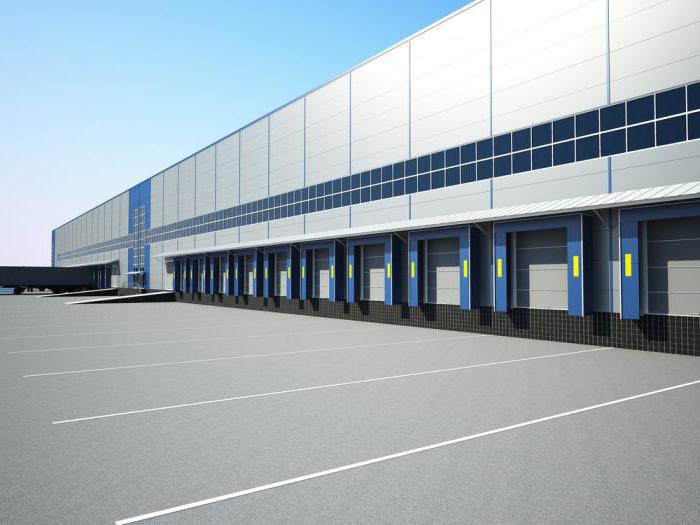
How to choose a warehouse?
The market is very volatile; for efficient operation, companies often look for new storage facilities. The correct choice of storage is an important economic task. Solving it, it is necessary to provide for the most optimal cargo handling technology, as well as determine the necessary area. Excess square meters for storage will lead to additional costs, which is irrational.
What should I focus on in the first place, choosing storage facilities for production needs? The most important parameters should be considered the area of the building and its volume, the height and area of each zone, the number, location and equipment of the gate, as well as the size of the place where the vehicle can maneuver.
The main thing is to determine the size of the room. This is important for the most efficient use of the facility. To evaluate various technological solutions in the warehouse sector, standard ratios are applied. Actual indicators should strive for established standards, otherwise the efficiency of the warehouse will be reduced.
Who should do this?
It is best to entrust the choice of a warehouse to specialists with experience and the necessary education. These are professionals of rather narrow specialization, and only the largest companies can afford to have them on staff. The rest can be recommended to resort to the services of specialized firms performing such design and calculation works.
The cost of paying for their services will ultimately be an order of magnitude lower than the losses incurred due to the wrong choice of warehouse and its layout.
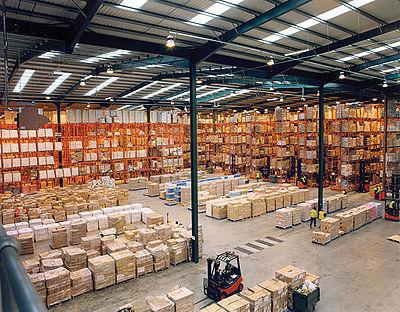
Classification of warehouses in logistics
To simplify the task, you should decide by what criterion to choose a room.The types of warehouses and their classification are different in relation to individual areas and participants of the logistics system, by functional purpose, by belonging to a certain form of ownership, by technological equipment or assortment specialization, by storage mode, type of warehouse building or warehousing, by type of transport links or depending on the overall scale of the activity.
If the area is more than five thousand square meters, the existing classification of warehouses allows us to consider such an object as a terminal.
There are special warehouses for storing goods exported and imported into the territory of our country. They provide for special storage rules that are regulated by the Customs Code. Their peculiarity is the absence of taxes and duties on goods for the storage period.
How warehouses are classified in the Russian Federation
Different companies specializing in commercial property valuation and logistics have their own classification systems. The world leading systems are recognized by the London company Knight Frank, it is also worth taking into account the product of the RMS group (St. Petersburg). The last classification of warehouses is the result of domestic development, taking into account the requirements of Russian buyers and tenants, as well as the features of various regions of our country.
This classification provides for 4 categories. Their designation is carried out using Latin capital letters.
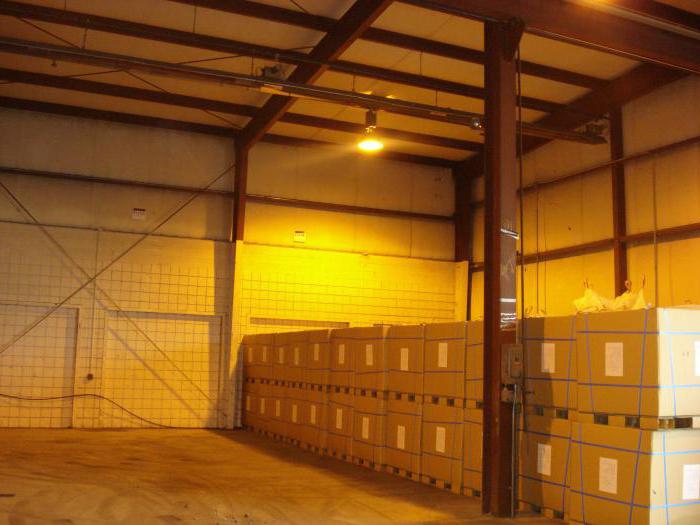
Highest Level - Class A Warehouse
Class A includes modern one-story buildings built from high quality materials using the prescribed technologies. Requirements for such warehouses are as follows: the room must have a height of 8 meters and above for the unhindered placement of multi-level racks, smooth floors with no defects and having anti-friction coating.
The presence of a fire alarm and an automated fire extinguishing system (powder or sprinkler type), the ability to control the temperature, an automatic door with a hydraulic ramp (height-adjustable) and a thermal curtain are mandatory.
Also indispensable requirements are the presence of office premises combined with a warehouse, video surveillance, burglar alarm, central air conditioning and a dedicated Internet line. Class A warehouse should have a convenient access (preferably near the central highway) and a platform spacious enough for maneuvering heavy trucks.
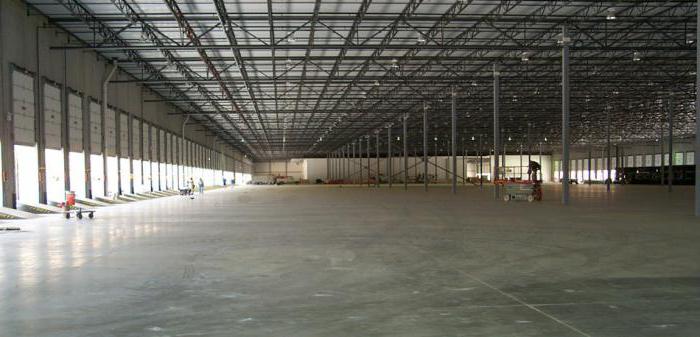
Other types of warehouses
By a Class B warehouse, the existing classification means a multi-storey capital building with ceiling heights ranging from 4.5 to 8 m, uncoated concrete or asphalt floors, equipped with a fire system, unloading ramp, guarded territory and necessary telecommunications. On the territory of the warehouse, office premises are also meant, and temperature condition must be maintained in the range from +10 to +18 ° С.
A class C warehouse is called a warmed hangar or a capital type industrial building with a height of 3.5-18 m and uncoated floors (concrete, asphalt or tile). The gates of such a warehouse are at zero, that is, the arrival of vehicles is carried out inside the premises. The temperature regime must be maintained in the winter in the range from 8 to 14 degrees Celsius.
The most gentle requirements are for warehouses having a class D. Under such a warehouse, it is allowed to use the premises of basements, civil defense facilities, as well as hangars and unheated buildings for industrial purposes. It is clear that the price of renting or buying a warehouse mainly depends on its class.
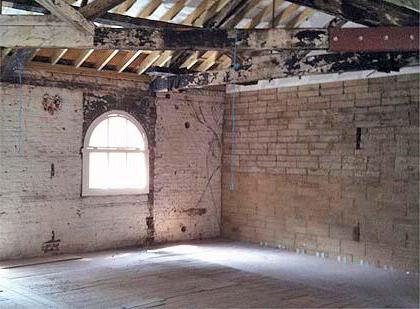
Western system
The warehouse classification developed by the aforementioned British company has incorporated many years of global experience. To work in conditions of Russian reality, it is adapted slightly worse than the domestic one, but most of the leading companies specializing in the valuation of commercial real estate adhere to its principles.
The warehouse-type real estate market is developing rapidly. Its participants need to develop common criteria in evaluating objects that have already been built, and are just being designed. The system below can become its basis.
The purpose and classification of warehouses, according to it, is subject to the main criterion - the presence in the room of conditions for storing certain products. All storage facilities are divided into 6 classes. The highest is A +, the lowest is D (classes C + and D + do not exist). Class A and A + requirements are tougher than those in the domestic classification.

What are the differences?
The difference between classes A and A + is observed in the requirements for ceiling height (10 and 13 m, respectively), column spacing and span width, floor load, building area, number and equipment of gate systems. The differences also relate to such aspects as the presence of an automated system of commodity accounting, electrical substation, fencing, security and parking.
The level of improvement of the territory, the presence of a separate railway line are taken into account. In general, most of the storage facilities, which according to the classification adopted by the RMS company are assigned class A, by Western standards deserve only class B or B +.
It should be remembered that the classification of the function of warehouses in any system is rather arbitrary. To determine the real cost of acquiring or renting a warehouse, it is necessary to take into account a much larger number of important production parameters.








